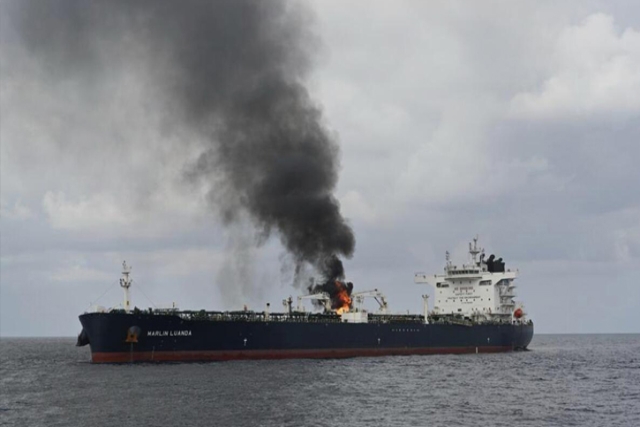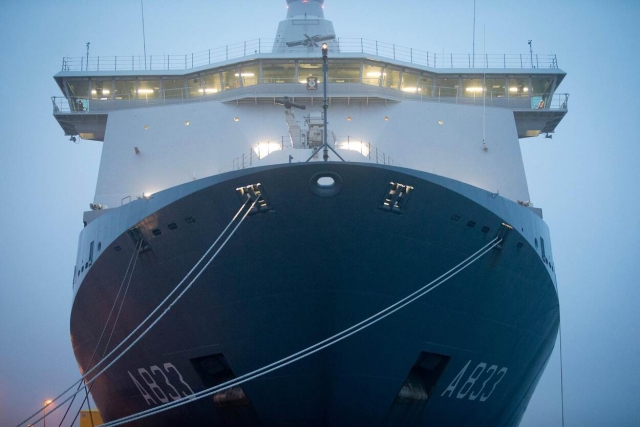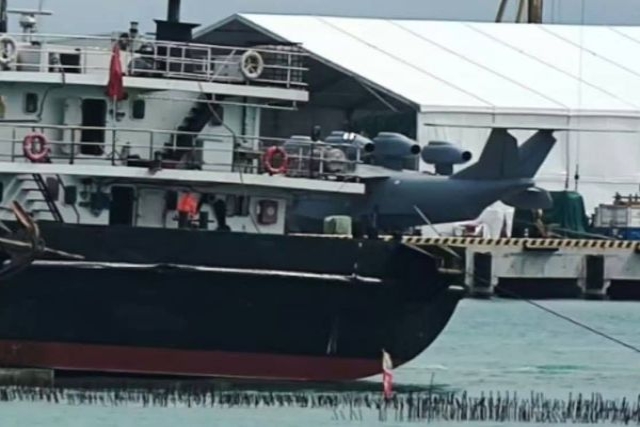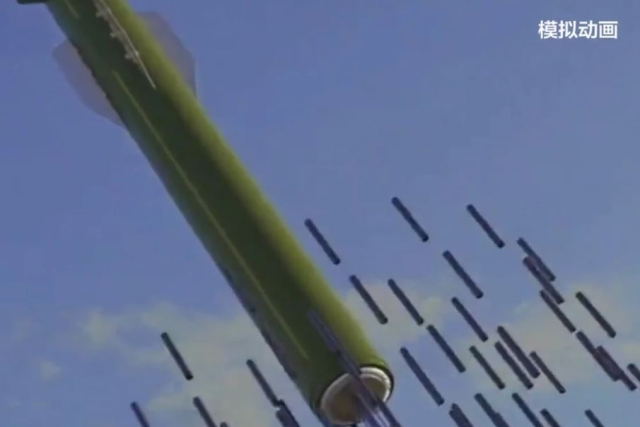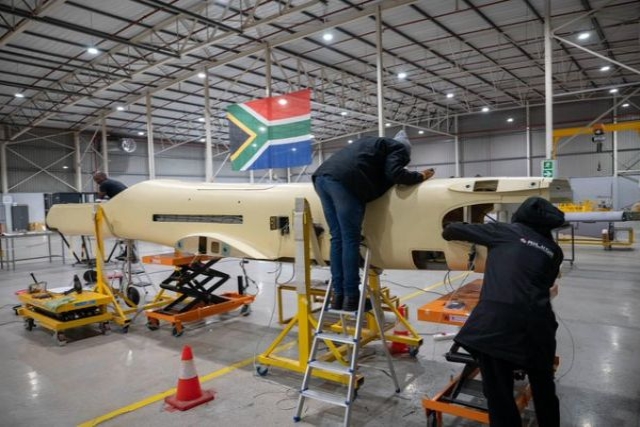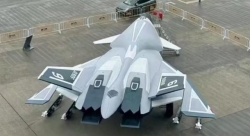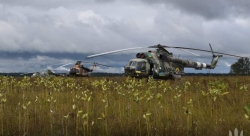British, U.S. Warplanes Bomb Missile, Drone Facilities in Yemen; Houthis Report 16 Killed
U.K. and U.S. forces targeted 12+ Houthi military sites allegedly involved in anti-shipping attacks in Red Sea and Gulf of Aden.

British and American forces joined efforts to target over a dozen Houthi military facilities in Yemen, aimed at degrading their capability to continue assaults on international shipping routes.
These attacks, attributed to the Houthis, have resulted in casualties among merchant mariners from Vietnam and the Philippines, as well as damage to multiple vessels including the sinking of the bulk carrier Rubymar.
Intelligence assessments identified two key locations near Hudaydah as central to the Houthi anti-shipping activities. These sites reportedly housed drone ground control facilities, storage for long-range drones, and surface-to-air weapons. Additionally, Houthi facilities in Ghulayfiqah, further south along the Yemeni coast, were identified as playing a role in commanding and controlling the anti-shipping campaign.
In response, Royal Air Force Typhoon FGR4s executed strikes on target buildings at these locations using Paveway IV guided bombs. The operation, conducted in darkness, aimed to minimize civilian casualties and damage to non-military infrastructure. RAF Voyager tankers provided essential air refueling support to the Typhoon aircraft during the mission.
According to the U.S. Central Command (CENTCOM), between approximately 3:15 and 5 p.m. local time on May 30, U.S. forces destroyed eight unmanned aerial vehicles (UAVs) in Houthi-controlled areas of Yemen and over the Red Sea. The service confirmed that the strikes, conducted in self-defense alongside U.K. Armed Forces, targeted 13 Houthi sites deemed threatening to U.S. and coalition forces, as well as merchant vessels in the region.
Houthi-controlled Al Masirah reported casualties from the airstrikes, stating that 16 individuals were killed and over 30 wounded as a result of the U.S.-British attacks.


